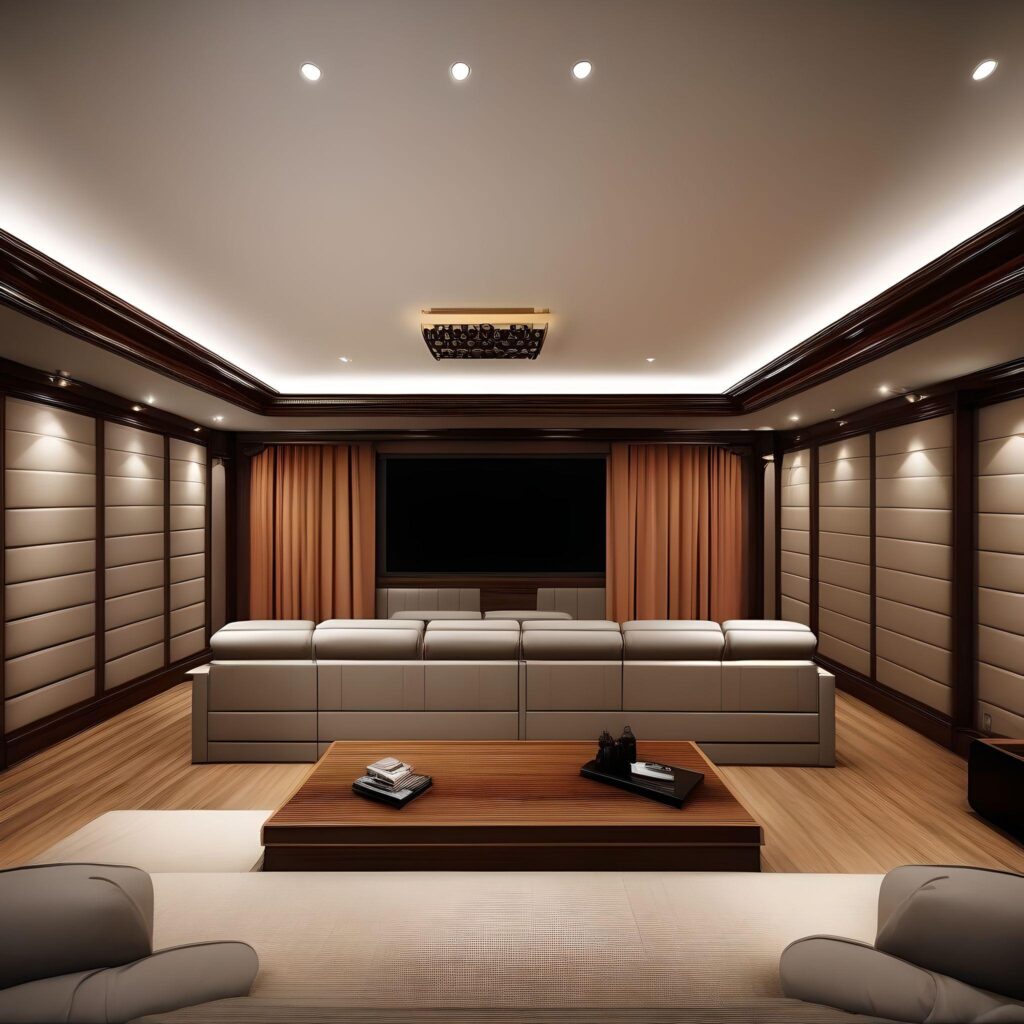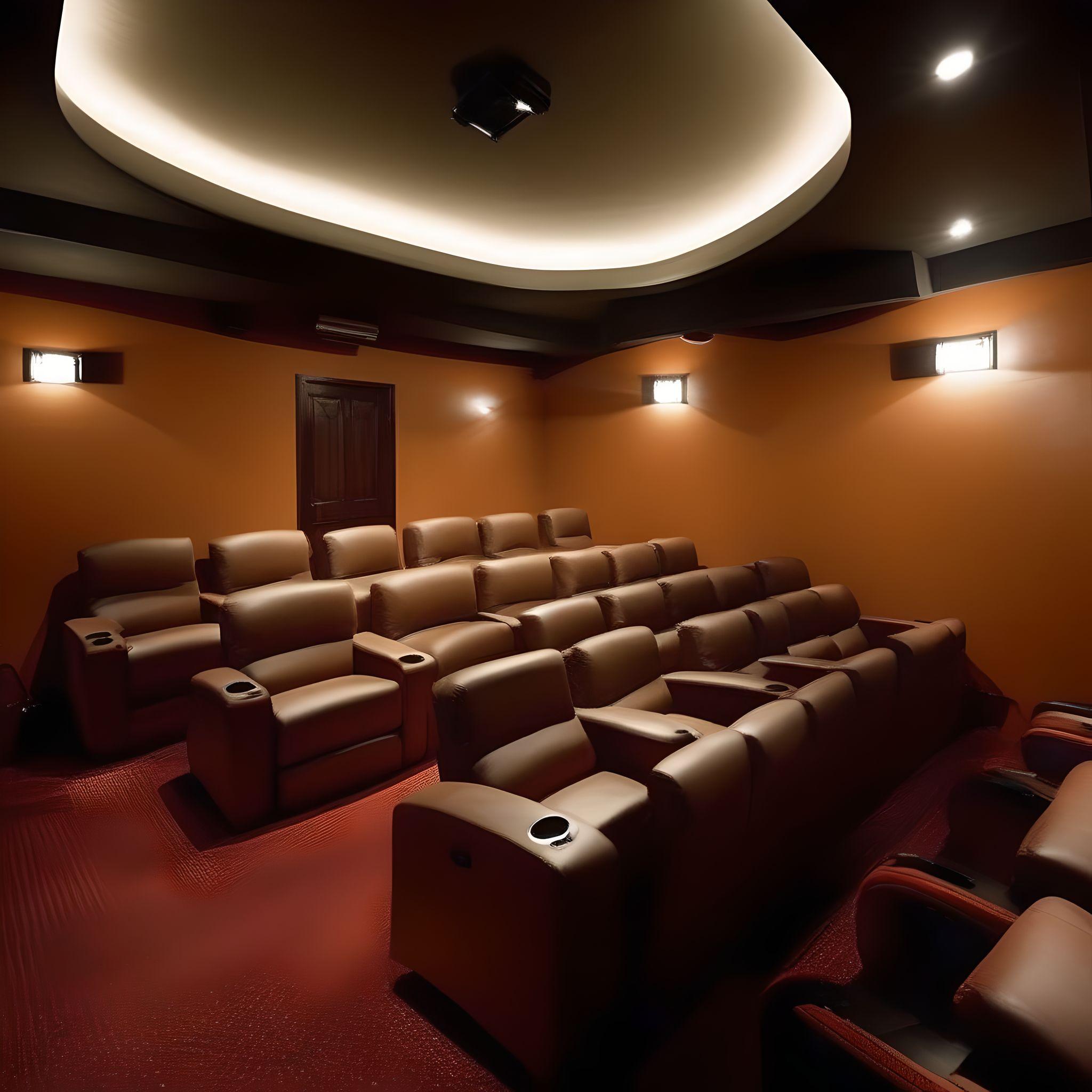Sure, here are some points to elaborate on the golden rule for a home theater, which is prioritizing audio quality:
Quality Speakers: Invest in high-quality speakers that are designed specifically for home theater use. Consider a setup with front, center, surround, and subwoofer speakers for a true surround sound experience.
Amplification: Choose a capable amplifier or AV receiver that can power your speakers effectively. Make sure it supports the audio formats you want to use, such as Dolby Atmos or DTS, for immersive sound.
Proper Speaker Placement: Position your speakers correctly for optimal sound performance. Follow guidelines for speaker placement based on the layout and size of your room to achieve balanced audio throughout the space.
Calibration: Calibrate your audio system using a calibration tool or software to ensure the sound is balanced and accurate. This includes setting speaker levels, distances, and configuring the crossover settings for the subwoofer.
Acoustic Treatments: Consider adding acoustic treatments to your room to improve sound quality. This can include sound-absorbing panels, bass traps, and diffusers to reduce reflections and enhance audio clarity.
Quality Cables and Connections: Use high-quality cables and connections for your audio setup to minimize signal loss and interference. Opt for cables that are compatible with the audio formats and resolutions you’re using.
Source Quality: Pay attention to the quality of your audio sources, such as Blu-ray players, streaming devices, or gaming consoles. Use high-resolution audio formats and source materials for the best sound reproduction.
Room Layout: Design your room layout to minimize audio reflections and optimize the listening experience. Avoid placing speakers too close to walls or corners that can create unwanted resonance or bass buildup.
Regular Maintenance: Keep your audio equipment well-maintained by cleaning components, checking connections, and updating firmware or software as needed. Regular maintenance ensures optimal performance and longevity of your home theater system.
Personal Preferences: Lastly, consider your personal preferences and fine-tune your audio settings to suit your listening preferences. Experiment with different sound modes, EQ settings, and surround sound configurations to find the perfect audio setup for your home theater.


